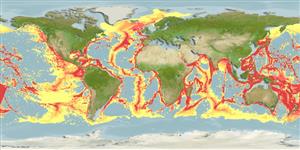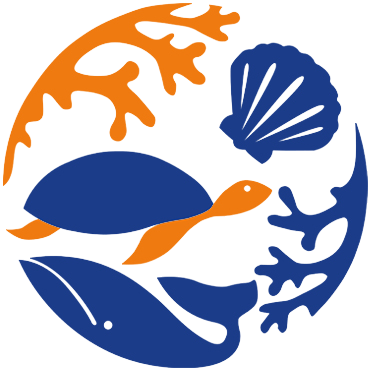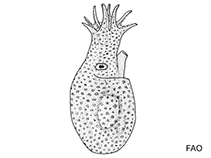Japetella diaphana Hoyle, 1885
Diaphanous pelagic octopod| Native range | All suitable habitat | Point map | Year 2050 |

|
| This map was computer-generated and has not yet been reviewed. |
| Japetella diaphana AquaMaps Data sources: GBIF OBIS |
Upload your photos
Google image | No image available for this species;
drawing shows typical species in Bolitaenidae.
Google image | No image available for this species;
drawing shows typical species in Bolitaenidae.
Classification / Names Common names | Synonyms | CoL | ITIS | WoRMS
Cephalopoda | Octopoda | Bolitaenidae
Environment: milieu / climate zone / depth range / distribution range Ecology
Pelagic; depth range 200 - 4000 m (Ref. 96968). Subtropical
Distribution Countries | FAO areas | Ecosystems | Occurrences | Introductions
Worldwide in tropical and subtropical waters.
Length at first maturity / Size / Weight / Age
Maturity: Lm ? range ? - ? cm Max length : 16.0 cm TL male/unsexed; (Ref. 96968)
Maximum depth from Ref. 110525. Depth range from 200 to 1,000 m. These small pelagic octopuses typically occur over deeper water as adults. Young animals tend to occur in the shallower end of the range. As members of this species reach sexual maturity the iridescence of the digestive gland and eyes is lost, and animals migrate to deeper darker waters in the later stages of the life cycle. Nearly mature males have salivary glands that are much larger than those of comparable females. Salivary products may be used as chemical attractant for females. The female light organ may be used for reproductive signalling to males (Ref. 96968).
Life cycle and mating behavior Maturity | Reproduction | Spawning | Eggs | Fecundity | Larvae
Members of the class Cephalopoda are gonochoric. Male and female adults usually die shortly after spawning and brooding, respectively. Mating behavior: Males perform various displays to attract potential females for copulation. During copulation, male grasp the female and inserts the hectocotylus into the female's mantle cavity where fertilization usually occurs. Life cycle: Embryos hatch into planktonic stage and live for some time before they grow larger and take up a benthic existence as adults.
Main reference
References | Coordinator | Collaborators
Turgeon, D.D., J.F. Quinn Jr., A.E. Bogan, E.V. Coan, F.G. Hochberg, W.G. Lyons, P.M. Mikkelsen, R.J. Neves, C.F.E. Roper, G. Rosenberg, B. Roth, A. Scheltema, F.G. Thompson, M. Vecchione and J.D. Willams. 1998. (Ref. 1667)
IUCN Red List Status (Ref. 130435)
Least Concern (LC) ; Date assessed: 26 January 2010
CITES status (Ref. 108899)
Not Evaluated
CMS (Ref. 116361)
Not Evaluated
Threat to humans
Human uses
| FishSource |
Tools
More information
Internet sources
BHL | BOLD Systems | CISTI | DiscoverLife | FAO(Publication : search) | Fishipedia | GenBank (genome, nucleotide) | GloBI | Gomexsi | Google Books | Google Scholar | Google | PubMed | Tree of Life | Wikipedia (Go, Search) | Zoological Record
Estimates based on models
Preferred temperature
(Ref. 115969): 2.5 - 7.7, mean 4.1 (based on 3355 cells).
Price category
(Ref. 80766):
Unknown.



